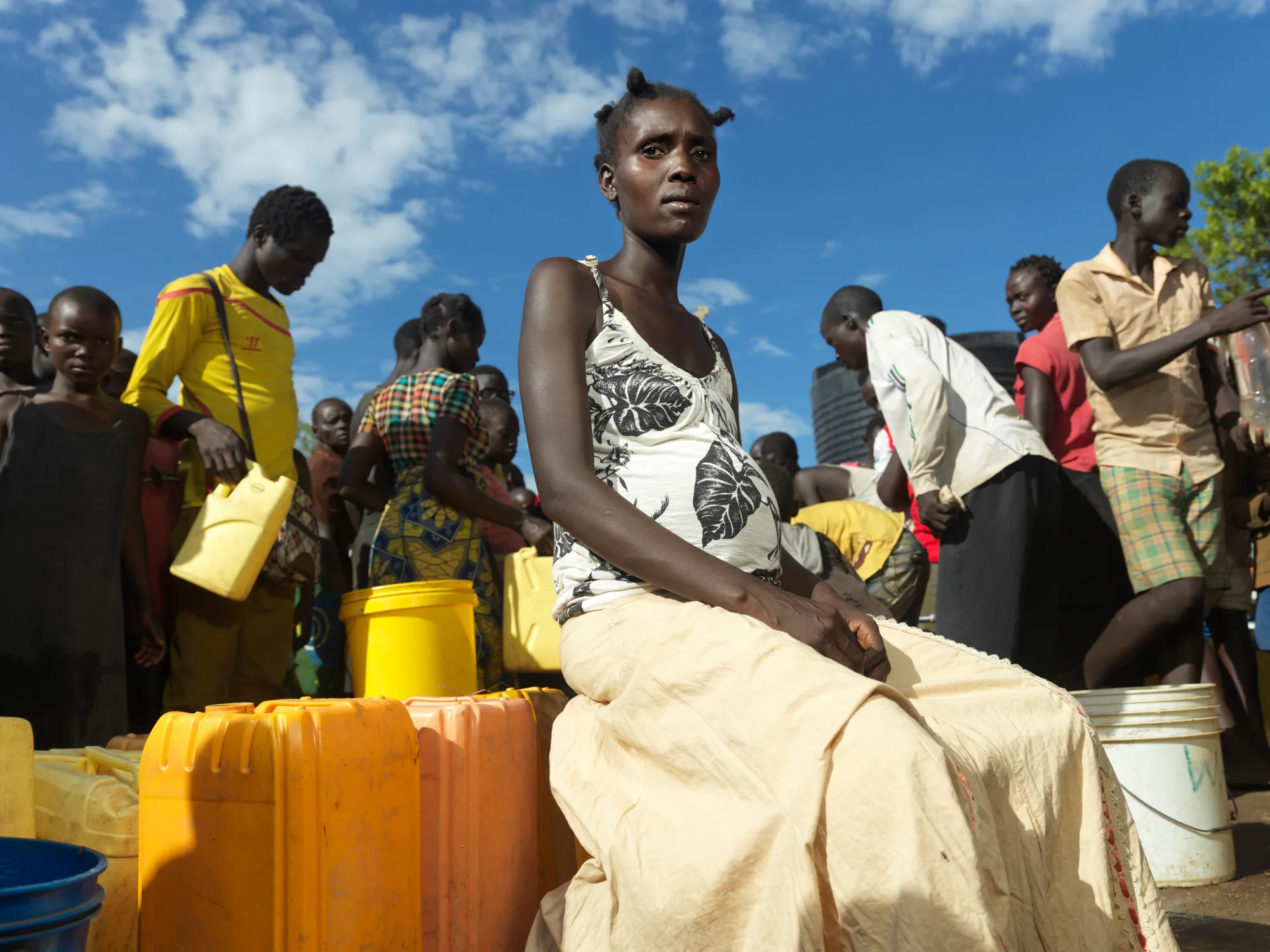The COVID-19 pandemic gripping the world will have an especially devastating impact on women and girls living in poverty and in humanitarian crises settings, according to experts at CARE.
The virus was first detected in China’s Hubei Province in late December 2019. As of March 30, there are more than 693,000 confirmed cases worldwide and over 33,000 people have died as a result of the virus, according to the World Health Organization. As the epidemic shows no sign of slowing down, countries such as Italy, Spain and the U.S. are struggling to control its spread due to a lack adequate of testing kits, hospital beds, safety supplies, and staff. The coronavirus has spread to countries including Syria and Bangladesh, where it poses a huge risk to vulnerable communities already facing conflict, displacement, and a lack of infrastructure.
When emergencies hit, women and girls come last.
“We know that when emergencies hit, women and girls come last,” says CARE’s Humanitarian Policy Director Susannah Friedman. “Even though current data might indicate that men and the elderly are more likely to contract the virus, women and girls will still suffer inequitable hardships as a result of the pandemic.”
A policy paper by CARE on COVID-19’s gender implications indicates that in development and humanitarian contexts, an outbreak could disproportionately affect the health, livelihoods, and protection of women and girls. Here’s why they’re particularly at risk:
1. Women, girls, and LGBTQ+ individuals are at increased risk of gender-based violence.
Evidence from the Ebola outbreaks in both West Africa and the Democratic Republic of Congo suggests that sexual exploitation and abuse incidents increase during public health emergencies. When schools in Sierra Leone were closed for nine months during the outbreak, an estimated 18,000 teenage girls became pregnant, according to the UN, as they were more vulnerable to sexual assault during the quarantine.
Evidence also suggests that support services for those facing domestic abuse are likely to decrease during outbreaks as resources are diverted to immediate health needs.
This is a major concern, particularly as precautionary measures to prevent the spread of COVID-19 include limiting movement and putting quarantine measures in place, which is likely to increase sexual exploitation and abuse.

